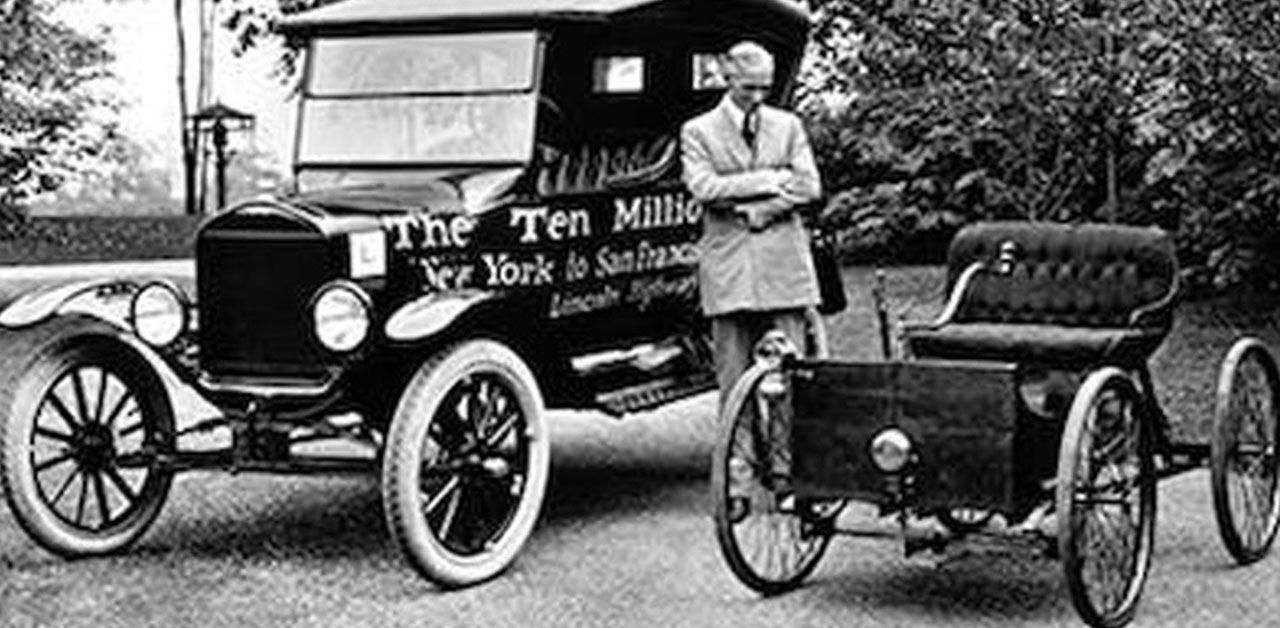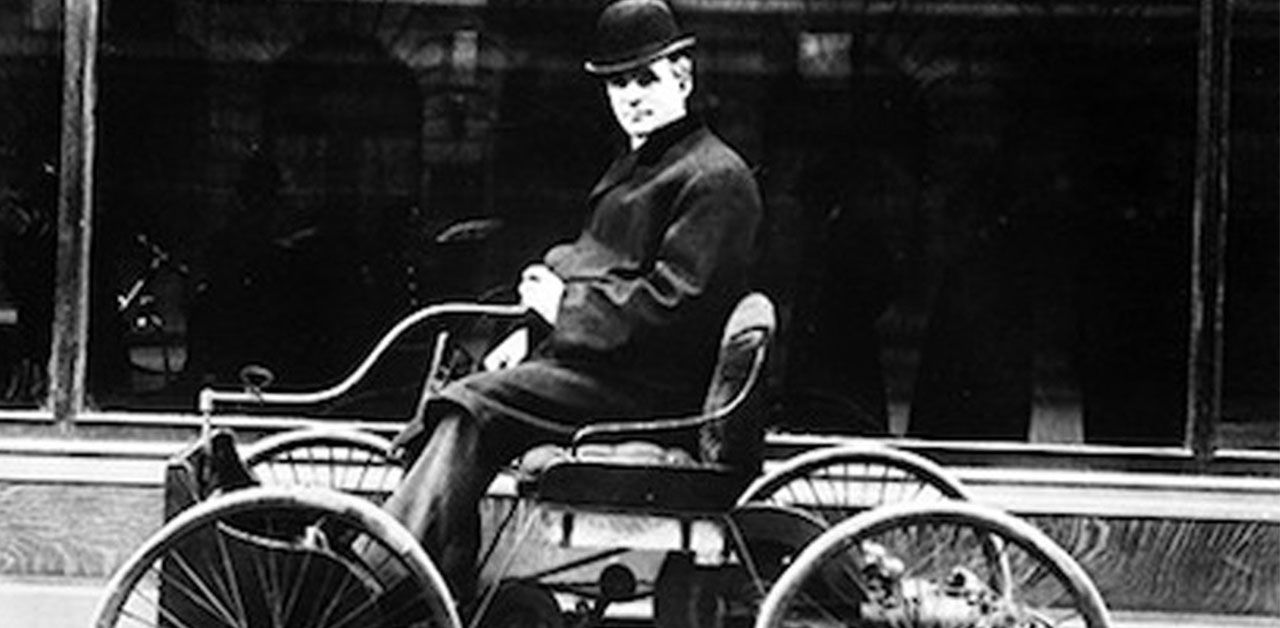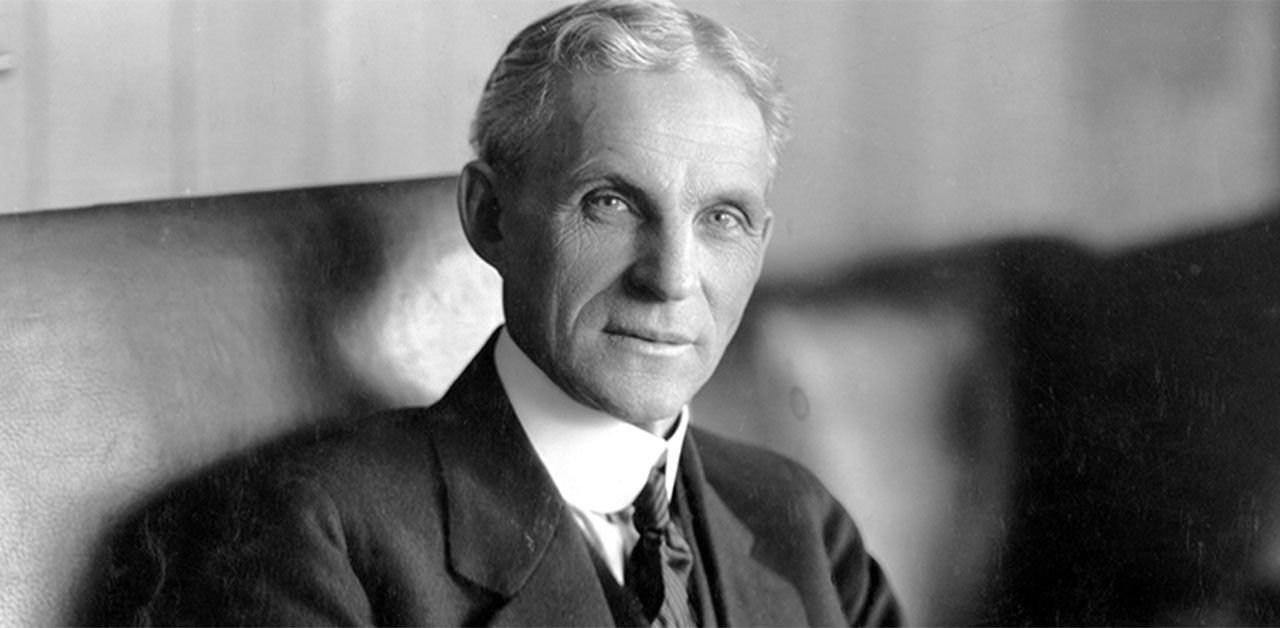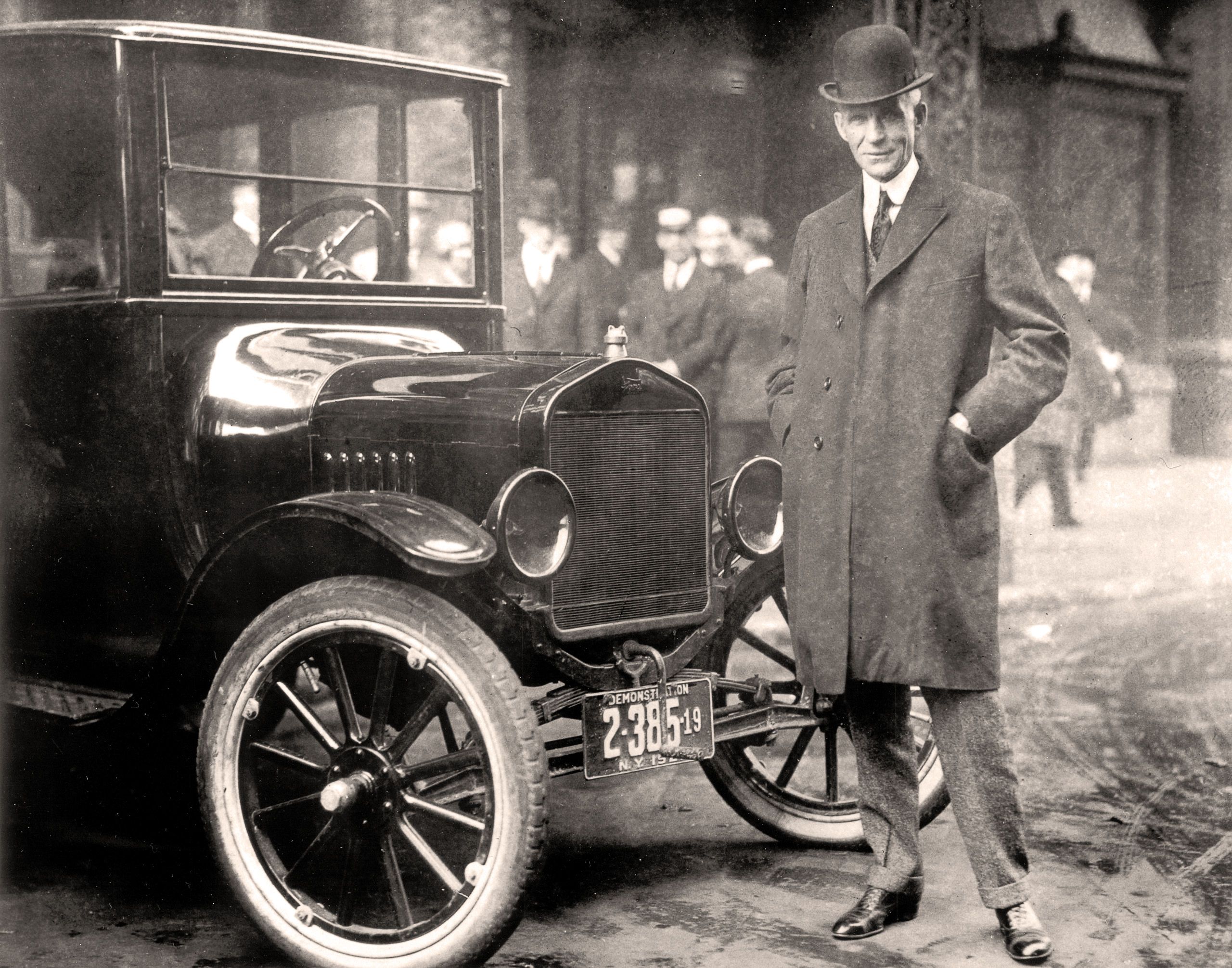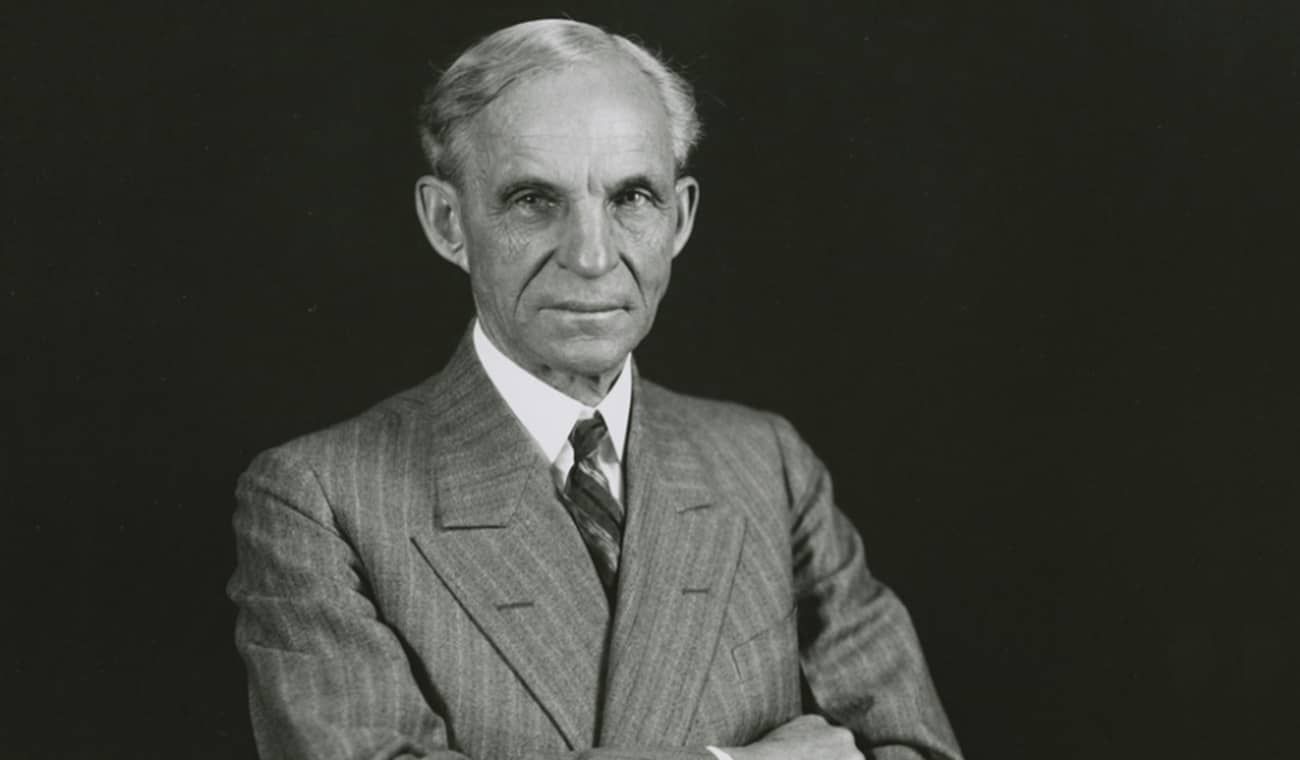In the early 20th century, automobiles were luxurious options affordable only to the rich. Operating an automobile wasn’t anything simple neither. Had you been wealthy enough to afford a car, you would’ve needed to hire a chauffeur to drive it around for you. Among the engineers of that time, Henry Ford was one of the first few folks that wished things were different. Mister Ford wanted to change the automotive industry so that more people could enjoy the future of transportation.
The impact that Henry Ford had goes beyond the world of cars. His influence on helping the working class with more adequate wages cannot be overlooked. His work ethic and influence were so broad and optimistic that he directly helped the economy of a city bloom. But most importantly, Henry Ford revolutionized the world of automobiles for good.
Greatness From Small beginnings: How Henry Ford Found His Feet In Detroit
Henry Ford was born in a small town in Michigan on July 30, 1863. His father, William Ford, was an Irishman who came to the promised land of America in 1847 and settled down on a farm in Wayne County, Michigan.
Henry’s passion for anything mechanic started early on. He spent most of his spare time in a machine shop he had equipped himself as a young teenager. By the age of fifteen, he managed to build his first steam machine in that very place.
Later on, he moved to Detroit to further pursue his career as a steam engine technician. He initially joined the shops of James F. Flower and Brothers as a machinist’s apprentice, but after finishing his apprenticeship in 1882, he spent a year in south Michigan working on Westinghouse steam engines. The Edison Illuminating Company of Detroit recognized his talent and passion in 1891; he was employed as an engineer. Henry Ford climbed the ladder of success in Edison’s company and later found Thomas Edison as his lifelong mentor and friend.
All of Henry Ford’s passion and experience, fused to internal combustion engines that tickled his curiosity, led him to create his first one-cylinder gasoline model on his kitchen table in 1893. Later on, in 1896, he used a modified version of the same engine to build the Quadricycle, which marked the start of Henry Ford’s career as an automobile maker.
The Mechanical Heart Of America Starts Pumping: Henry Ford’s Legacy As An Automobile Maker
In hopes of pursuing his dreams as a carmaker, Henry Ford resigned from Edison’s company and organized the Detroit Automobile Company in 1899. Detroit Automobile Company faced bankruptcy after eighteen months, but that didn’t stop Henry Ford from pursuing his passion with all he had. His second attempt at founding a car manufacturing company came to be under the name of “Henry Ford Company,” the company we know as Cadillac today.
In 1903, with the help of twelve other investors, Henry Ford founded Ford Motor Company. Henry became the president of the company after a few years and started redefining what a car was. One of the earliest and most impactful models created by Ford Motor Company was the Model T.
Re-Inventing The Car: The Model T
Although Henry Ford did not invent the car, his contribution to changing its philosophy makes his work as remarkable of an event as the invention of the car itself. Henry Ford aimed at manufacturing an automobile that was within the economic reach of the average worker in the US.
While other manufacturers were pocketing huge profits from putting high price tags on cars for the wealthy, Henry Ford was trying to reduce the final price of its Model T so it wouldn’t be exclusive to the upper-class dwellers. As a result, Ford sold a significant number of units on a steady basis which ultimately increased the company’s earnings by a considerable margin.
Ford debuted the Model T in 1908 with a price tag of $825.00. The car instantly became popular and broke the records, selling over ten thousand units within the first year. Henry Ford was so keen on making his Model T available to the majority that he managed to reduce the price to $575.00 four years later the Model T’s debut; this caused the sales to skyrocket. Ford was doing so extraordinarily good that it claimed a 48% share of the entire automobile market six years after the Model T made its debut.
The success that the Model T brought with it changed the world of automobiles. Cars that once used to be unreliable means of transportation and were considered toys and icons of luxury for the upper-class became reliable for everyday use available to the working class.
Not Just The Automobile industry, But The Whole World
Although Henry Ford’s primary impact was on the automotive world, his influence on enhancing the standards of the working class can hardly be overestimated. Henry Ford’s innovative thinking, perseverance, and passion accelerated the evolution of cars by a significant margin. But his work ethic, his view on how the workers should be treated, and his generosity changed the world for good.
The standards he provided for the workers in Ford Motor Company and raising their wages attracted a lot of people from Detroit and the cities around. Detroit’s population faced a fifty-percent increase within a decade, and its economy started booming like never before. While it wasn’t entirely thanks to Henry Ford’s, his car companies and his contribution to the working class were among the main reasons.
Henry Ford’s legacy goes on, not only as an automobile maker, but also as a fair businessman, humanitarian, and the man who changed the world for the better.
Source: Ford Motor Company, Henry Ford's Biography

